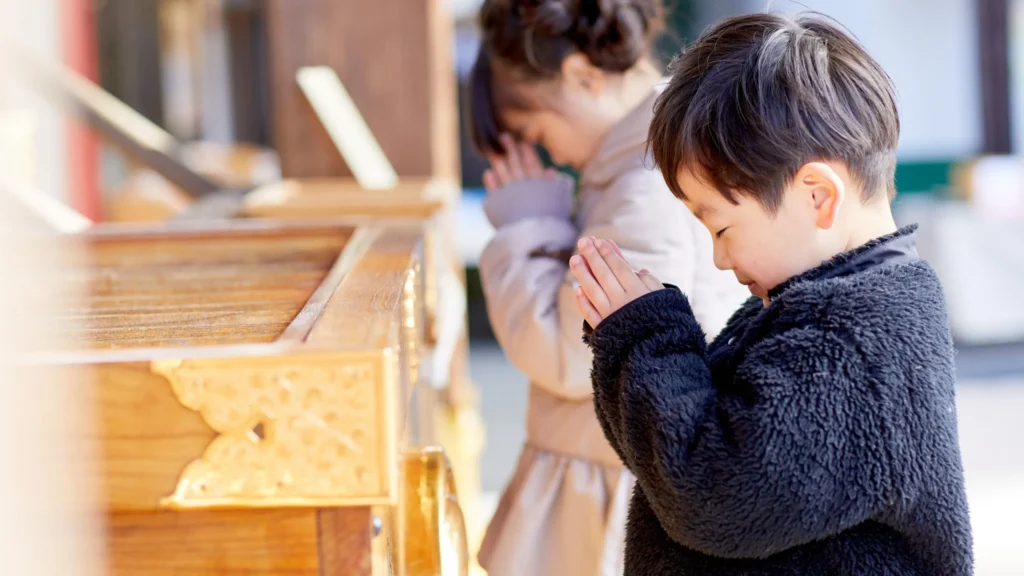“Gratitude turns what we have into enough.” — Aesop.
Introduction
Imagine a simple activity that nurtures mindfulness, strengthens family bonds, and teaches life-changing values. That’s the beauty of a gratitude tree for kids. In a world often consumed by materialism, children can learn the irreplaceable value of thankfulness through this creative and heartfelt activity.
Whether in the classroom or at home, a gratitude tree for kids isn’t just another craft; it’s an emotional anchor that fosters positivity and emotional intelligence.
Studies reveal that practicing gratitude can increase happiness by up to 25% (source). Introducing such practices early equips children with tools to navigate life’s complexities, boosting mental well-being and social connections.
In this guide, we’ll explore the 6 magical benefits of using a gratitude tree for kids, showing how this cherished activity can transform your family dynamic, cultivate mindfulness, and instill long-lasting values.
What Is a Gratitude Tree for Kids?
A gratitude tree is a meaningful craft project where children write down things they’re thankful for on leaves, which are then attached to a decorative tree. This visual representation of gratitude grows with each contribution, symbolizing their appreciation for life’s blessings.
Let’s delve into the transformative benefits of this simple yet profound activity.
Read also: 10 Lesser-Known Truths About Gratitude Meditation Practice
6 Magical Benefits of Using a Gratitude Tree for Kids
1. Encourages Mindfulness in Everyday Life
Mindfulness is more than a buzzword; it’s a skill that fosters awareness and focus. A gratitude tree encourages kids to pause and reflect on their day, identifying moments that bring joy, no matter how small.
- Key Benefits:
- Teaches children to focus on the present.
- Helps them identify positive emotions.
- Develops emotional regulation skills.
According to mindfulness experts gratitude is a foundational practice that enhances emotional resilience and focus.
2. Strengthens Family Connections
Gratitude trees aren’t just for kids; they’re family activities that bring everyone together. Families can build stronger emotional bonds by creating a space to share appreciation.
- How It Helps:
- Encourages open communication.
- Creates a shared tradition.
- Promotes teamwork and collaboration.
Spending quality time as a family reinforces positive relationships and fosters mutual respect. A gratitude tree for kids can become a cherished part of your family’s routine.

3. Teaches the Value of Gratitude Early
Gratitude is a skill that grows with practice. Children learn to appreciate big and small moments in life by engaging with a gratitude tree, laying the foundation for positive habits.
- Why This Matters:
- Promotes emotional growth.
- Reduces entitlement.
- Enhances empathy and kindness.
Teaching kids gratitude through this activity aligns with research by Harvard Health Publishing, which highlights gratitude as a driver of happiness and well-being.
Read also: 5 Powerful Reasons Why Loving-Kindness Meditation Is Life-Changing
4. Boosts Emotional Intelligence
Emotional intelligence (EQ) involves understanding and managing emotions effectively. Using a gratitude tree helps children articulate their feelings and recognize the emotions of others.
- EQ Benefits:
- Improves interpersonal skills.
- Enhances self-awareness.
- Encourages empathy for others.
By practicing gratitude, kids develop skills that benefit their relationships, academics, and future careers.
5. Offers a Creative Outlet
A gratitude tree for kids doubles as a creative craft. Choosing designs, cutting out leaves, and decorating the tree let kids express their artistic side while learning gratitude.
- Creative Advantages:
- Enhances motor skills and creativity.
- Offers a relaxing, screen-free activity.
- Encourages self-expression.
Creative expression paired with emotional growth makes this activity both fun and transformative.
6. Build a Habit of Positivity
Gratitude is contagious. Practicing it daily reinforces a habit of positive thinking that children carry throughout their lives.
- Long-Term Impact:
- Improves mental well-being.
- Builds optimism and hope.
- Reduces stress and anxiety.
Psychologists say gratitude acts as a “buffer” against negative emotions, promoting happiness and emotional stability.
Read also: How to Cultivate Gratitude: 5 Blissful Steps to Inner Peace

How to Create a Gratitude Tree for Kids
| Steps | Materials Needed |
| Find a suitable branch | A real or artificial tree branch |
| Cut-out paper leaves | Colored paper and scissors |
| Decorate the base | Markers, stickers, and ribbons |
| Write on the leaves | Pens or markers |
| Attach the leaves | String, tape, or glue |
Pro Tip: Use your gratitude tree during holidays like Thanksgiving for an extra layer of meaning.
Key Takeaway
A gratitude tree for kids is more than a craft; it’s a life lesson in emotional growth, mindfulness, and positivity. Introducing this simple yet powerful activity can nurture a generation of mindful, empathetic, and happy individuals.
Conclusion
As we’ve explored, the benefits of a gratitude tree for kids extend far beyond the activity itself. It teaches invaluable life lessons, enhances family connections, and fosters mindfulness.
Imagine the transformation when a simple act like writing down what you’re thankful for becomes a lifelong habit. Through a gratitude tree, kids grow into emotionally intelligent, positive-thinking adults who cherish life’s blessings.
Let’s start planting seeds of gratitude today—because every child deserves to experience the magic of thankfulness.
FAQs
1. What is a gratitude tree for kids?
A gratitude tree is a craft project for kids in which children write things they’re thankful for on paper leaves and attach them to a decorative tree.
2. How does a gratitude tree help kids emotionally?
It encourages mindfulness, improves emotional regulation, and fosters positive thinking by helping kids recognize and express gratitude.
3. Can a gratitude tree for kids be used in classrooms?
Yes! It’s a fantastic activity for building teamwork, improving student relationships, and encouraging gratitude in a classroom setting.
4. What are some creative ways to design a gratitude tree?
Use colorful leaves, decorate with glitter or stickers, and personalize the base to reflect your family or classroom’s style.
5. What age group is a gratitude tree suitable for?
It’s suitable for children aged 4 and above, as they can actively participate in writing or drawing on the leaves.
6. How often should we use a gratitude tree?
Daily or weekly use is ideal for reinforcing gratitude as a habit. During holidays or special occasions, it adds extra meaning.






